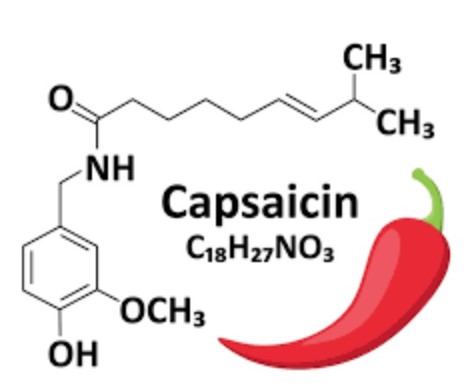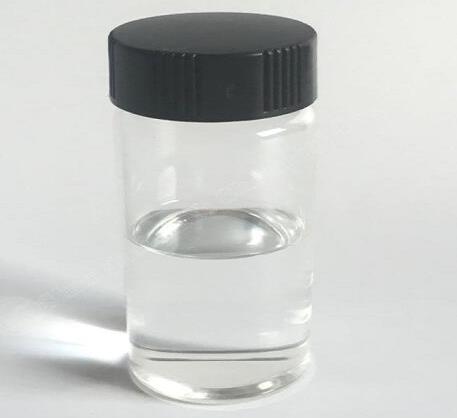Pharmacological Activity and Potential Health Benefits of Capsaicin
What is Capsaicin?
Capsaicin is the main active ingredient of chilli peppers and the most stimulating natural alkaloid. Capsaicin has been reported to have various pharmacological effects such as antioxidant, analgesic, anticancer, anti-inflammatory, antimicrobial and anti-obesity properties and has been shown to have therapeutic potential for cardiovascular, gastrointestinal, oncological and dermatological diseases.Capsaicin is mostly used in clinics for the treatment of pain, including neuropathic pain, inflammatory pain and post-surgical-induced pain, amongst others.
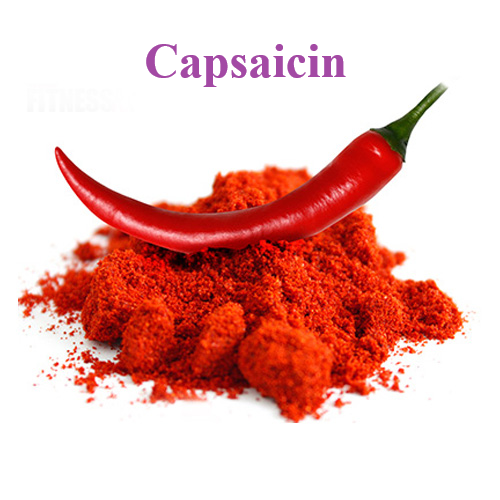
Potential Health Benefits
Protective effects on the central nervous system
Studies have shown that capsaicin has a positive effect in animal models of brain disease. In Alzheimer's disease, capsaicin reduces neurodegeneration and memory impairment. In animal models of stroke, capsaicin reduces infarct size and improves neurological prognosis. Human studies suggest that capsaicin may help treat stroke complications such as dysphagia. In addition, this compound has analgesic effects on migraine and cluster headaches.
Gastroprotective effect
In a rat model of gastric injury, capsaicin (0.1 and 0.5 mg/kg, p.o.) dose-dependently inhibited lesion formation. The protective effect of capsaicin was attenuated by indomethacin pretreatment and disappeared in capsaicin-sensitive neurodegenerative rats. Capsaicin did not cause dilatation of gastric mucosal folds. These results suggest that capsaicin stimulation of capsaicin-sensitive afferent nerves promotes prostaglandin formation and thus inhibits gastric lesions.
Weight loss
Studies have shown that capsaicin is effective in controlling body weight through a variety of mechanisms including regulating lipolysis in fat cells, increasing satiety, stimulating energy expenditure and reducing energy intake. Capsaicin causes TRPV1 to stimulate the release of catecholamines from catecholaminergic neurons in the brain's rostral ventral lateral medulla oblongata, thereby promoting weight loss. When used as part of a high-fat diet, it increases thermogenesis and lipid oxidation, while also reducing fasting blood glucose and plasma triglyceride levels, suggesting therapeutic potential for obesity-related diseases such as insulin resistance and type 2 diabetes. However, clinical data is limited and remains to be demonstrated.
Antitumor effects
Similar to many other dietary phytochemicals, capsaicin has anti-tumour activity. It alters the expression of several genes, arrests the cell cycle of tumour cells and promotes apoptosis. These effects have been demonstrated in colon adenocarcinoma, pancreatic cancer, hepatocellular carcinoma, gastric cancer, prostate cancer, breast cancer, and many other types of cancer, without causing damage to normal cells. The mechanism of action of capsaicin's anti-tumour action was found to appear to involve the accumulation of intracellular Ca2+, the generation of reactive oxygen species, disruption of mitochondrial membrane potential, and the up-regulation of the transcription factors NF-κB and STATS.
Analgesic effects
Capsaicin is an agonist of TRPV1 and lowers its activation threshold. TRPV1 is a Ca2+-selective member of the transient release potential ion channel family that senses heat and also mediates neuropathic pain. When activated by capsaicin, TRPV1 mediates Ca2+ influx and glutamate release, which may damage cutaneous autonomic nerve fibres and sensory nerve endings, thereby reducing nociception. In adult rats, the capsaicin analogue resinif- eratoxin impairs TRPV1 expressing myelinated nerve fibres and eliminates TRPV1 expressing non-myelinated nerve fibres, resulting in reduced perception of heat pain.
Antioxidant effects
Capsaicin was found to inhibit lipid peroxidation in mouse erythrocyte membranes, liver, and mitochondria, and to block peroxidation of low-density lipoproteins in humans. Capsaicin content in food reduces oxidative stress and improves cellular antioxidant capacity by preventing reactive oxygen species from oxidising glutathione. It also reverses high blood cholesterol levels the inhibitory ability of the antioxidant enzymes glutathione reductase, glutathione transferase, and superoxide dismutase as well as scavenging free radicals (DPPH). Lower serum lipoprotein oxidation levels have been reported in adults treated with capsaicin for 4 weeks. In mitochondria, capsaicin reduces lipid peroxidation and, more generally, oxidative stress. It attenuates ischaemia-reperfusion injury in the myocardium and kidney. Most of these antioxidant effects appear to be mediated by TRPV1.
In addition, capsaicin has the ability to down-regulate inflammatory factors and attenuate itching mediated by histamine, substance P, and protease-activated receptor-2, making it a potential treatment for chronic recurrent pruritic dermatitis. The above pharmacological effects are potential health benefits of capsaicin, but more data are needed to support its use in clinical applications, therefore, capsaicin supplements should be taken with medical advice to avoid unwanted side effects.
References:
[1] SHUN LIU. Capsaicin derivatives: Synthesis and biological activity[J]. Chemical Biology & Drug Design, 2024, 103 2. DOI:10.1111/cbdd.14462.[2] M. PASIERSKI B S. Beneficial Effects of Capsaicin in Disorders of the Central Nervous System[J]. Molecules, 2022. DOI:10.3390/molecules27082484.
[3] M UCHIDA K W S Yano. The role of capsaicin-sensitive afferent nerves in protective effect of capsaicin against absolute ethanol-induced gastric lesions in rats.[J]. Japanese journal of pharmacology, 1991, 55 2. DOI:10.1254/jjp.55.279.
[4] WEI ZHANG. Pharmacological activity of capsaicin: Mechanisms and controversies (Review).[J]. Molecular medicine reports, 2024, 29 3. DOI:10.3892/mmr.2024.13162.
[5] CEMRE ELMAS Ceren G. Capsaicin and Its Effects on Body Weight.[J]. Journal of the American Nutrition Association, 2022, 41 8. DOI:10.1080/07315724.2021.1962771.
[6] MENG W, XIE S, SHEN J. Exploring the effect of capsaicin on gene expression and chemotherapy sensitization in gastric cancer cells[J]. bioRxiv - Cancer Biology, 2024, 12 1: 233-239. DOI:10.1101/2024.09.04.611214.
Related articles And Qustion
See also
Lastest Price from Capsaicin manufacturers
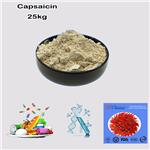
US $0.00-0.00/kg2025-07-07
- CAS:
- 404-86-4
- Min. Order:
- 1kg
- Purity:
- 99%
- Supply Ability:
- 1000kg
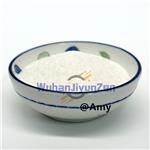
US $5.00-0.50/KG2025-05-08
- CAS:
- 404-86-4
- Min. Order:
- 1KG
- Purity:
- 99% hplc
- Supply Ability:
- 500TONS

